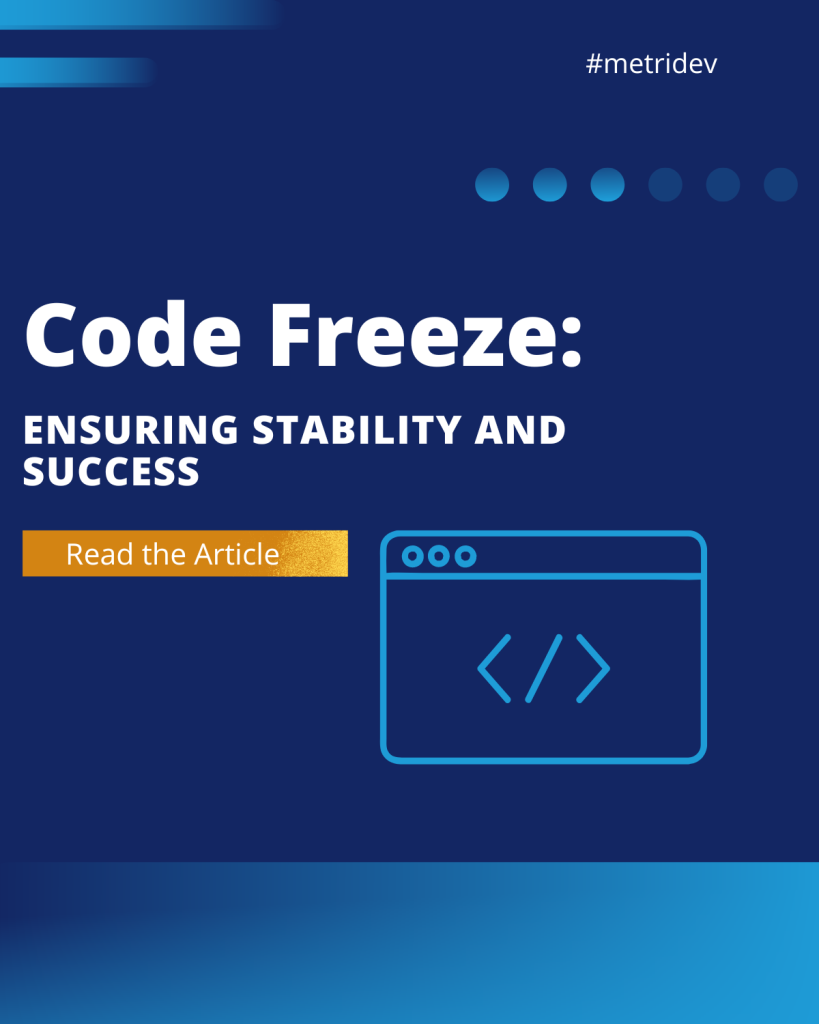Introduction to statement vs branch coverage
When it comes to software testing, two important concepts that often come up are statement coverage and branch coverage. These metrics help determine the effectiveness of testing by measuring the extent to which the code has been executed. While they may sound similar, there are key differences between statement vs branch coverage that every software developer and tester should understand.
What is Statement Coverage?
Statement coverage, also known as line coverage, measures the percentage of code statements that testing has executed. Analyzing statement coverage helps developers answer the question, “Have all the lines of code been executed?” Developers can determine the thoroughness of their test cases and identify areas of the code that they have not tested.
Benefits of Statement Coverage
Statement coverage offers several benefits. Firstly, it provides developers with confidence that most of the code has been tested. This can help ensure that the software is reliable and less prone to errors. Additionally, statement coverage helps identify dead code, which is code that is no longer used or executed. Removing dead code can improve the overall performance and maintainability of the software.
How Statement Coverage Works
To understand how statement coverage works, let’s consider an example. Suppose there is a function with ten lines of code. During testing, if testers execute all ten lines at least once, the statement coverage reaches 100%. However, if they execute only eight out of the ten lines, the statement coverage drops to 80%. Code coverage tools typically measure statement coverage by tracking which lines of code testers have executed during testing. These tools generate a report indicating the percentage of code statements that testers have covered, allowing developers to assess the adequacy of their test cases.
What is Statement Coverage in Testing?
In software testing, statement coverage refers to the evaluation of how much of the code has been executed during testing. It helps determine if the test cases are thorough enough to cover all code statements. Achieving high statement coverage ensures that testers have exercised the majority of the code, reducing the risk of undiscovered bugs or issues.
Is Line Coverage and Statement Coverage the Same?
Yes, people often use line coverage and statement coverage interchangeably, referring to the same metric. Both terms measure the percentage of code statements that testers have executed during testing. The goal is to test every line of code to minimize the chances of undetected bugs or errors.

What is Branch Coverage?
Branch coverage measures the percentage of decision points or branches that testers have executed during testing. Branch coverage helps answer the question, “Have testers tested all the possible paths through the code?” It provides insights into the thoroughness of testing by evaluating if all decision outcomes have been tested.
Benefits of Branch Coverage
Branch coverage offers several benefits. Firstly, it helps identify untested or unreachable branches in the code. This is particularly useful in complex systems where certain branches may be rarely executed. Identifying untested branches ensures that testers have tested all possible code paths, reducing the risk of unexpected behavior. Additionally, branch coverage can help uncover logical errors or inconsistencies in the code.
How Branch Coverage Works
To understand how branch coverage works, let’s consider an example. Suppose there is a function with an if-else statement. The function has two possible branches, one for the if condition and another for the else condition. During testing, testers achieve a branch coverage of 100% if they execute both branches at least once. However, if they execute only one of the branches, the branch coverage falls below 100%. Code coverage tools typically measure branch coverage by tracking which branches of the code testers have executed during testing. These tools generate a report indicating the percentage of branches that testers have covered, allowing developers to assess the thoroughness of their test cases.
Statement vs Branch Coverage: Key Differences
While statement and branch coverage are related metrics, there are several key differences between them. The main difference lies in what they measure. Statement coverage evaluates the percentage of code statements executed, while branch coverage evaluates the percentage of decision points or branches executed.
Another difference is that statement coverage does not guarantee branch coverage. It is possible to achieve 100% statement coverage but still have untested branches. This occurs because statement coverage only ensures that testers have executed each line of code at least once, but it does not ensure that they have tested all possible decision outcomes.
Does 100% Statement Coverage Mean 100% Branch Coverage?
No, achieving 100% statement coverage does not necessarily mean 100% branch coverage. As mentioned earlier, statement coverage only ensures that testers have executed each line of code at least once. It does not guarantee that all possible decision outcomes have been tested. Therefore, it is possible to have 100% statement coverage but still have untested branches.
To ensure 100% branch coverage, it is necessary to test all possible decision outcomes in the code. This means testers cover all if-else conditions, switch cases, and other decision points to ensure that they have executed all branches during testing.
What is the Difference Between Coverage Lines and Statements?
In the context of statement coverage, people often use coverage lines and statements interchangeably, referring to the same concept. Both terms represent the individual lines of code that are executed during testing. Achieving high coverage lines or statements means that testers have executed most of the code, indicating a thorough testing process.
What is the Difference Between Decision Coverage and Branch Coverage?
Decision coverage and branch coverage are related concepts that measure different aspects of testing. Decision coverage, also known as condition coverage, evaluates the percentage of decision outcomes that testers have tested. It focuses on testing all possible conditions within a decision point. On the other hand, branch coverage measures the percentage of decision points or branches that testers have executed. It focuses on testers testing all possible paths through the code, ensuring that they have tested all decision outcomes.
Choosing the Right Statement vs Branch Coverage Metric for Your Project
When deciding which coverage metric to use for your project, it is essential to consider the specific requirements and goals. Statement coverage measures how much of the code testers have executed, while branch coverage offers a more comprehensive evaluation of the thoroughness of testing. In general, experts recommend aiming for high statement coverage to ensure that testers have tested most of the code. However, if the project involves complex decision-making logic, testers prioritize branch coverage to ensure they have tested all possible outcomes.
Conclusion in statement vs branch coverage
In conclusion, statement vs branch coverage are key metrics in software testing that help evaluate the effectiveness and thoroughness of testing. While statement coverage measures the percentage of code statements executed, branch coverage measures the percentage of decision points or branches executed.
Achieving high statement coverage provides confidence in the reliability of the software and helps identify dead code. On the other hand, branch coverage ensures that testers have tested all possible decision outcomes, reducing the risk of unexpected behavior.
When choosing the right coverage metric for your project, consider the specific requirements and goals. Aim for high statement coverage to ensure testers have tested most of the code, but prioritize branch coverage if the project involves complex decision-making logic.
Understanding the difference between statement and branch coverage is crucial for software developers and testers to ensure comprehensive and effective testing. By implementing these metrics, developers can identify potential issues early on and deliver high-quality software to end-users.
To achieve optimal code quality and reliability, it is essential to understand the difference between statement and branch coverage. By incorporating these metrics into your testing process, you can ensure thorough testing and minimize the risk of undiscovered bugs or errors. Read our article Release Management Steps: A Comprehensive Guide and improve the overall quality of your software.









Leave a Reply